Quality Factors
An assessment of the following characteristics determines the value of each type of pearl.
Luster
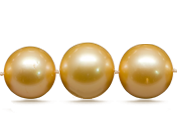
Pearls with high luster have sharp bright reflections on the surface.
Surface
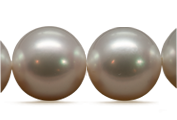
The number of blemishes on a pearl's surface is evaluated.
Shape
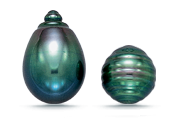
Spherical pearls are the most valued but symmetrical drops are also sought.
ColoUr
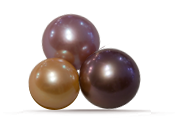
Although white is most classic, appreciation has grown for more unusual natural colors.
Nacre
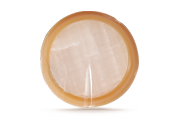
Nacre thickness is evaluated to make sure that cultured pearls are durable as well as beautiful.
Size
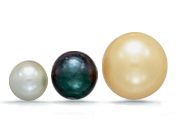
Cultured pearls range from 2-16mm in diameter, depending on the mollusk used.
Matching
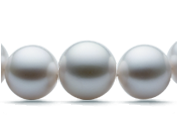
For pearl strands and multi-pearl pieces, how well the pearls match (or mix) affects the value.
The qualities that determine the overall value of a natural or cultured pearl or a piece of pearl jewelry are size, shape, color, luster, surface quality, nacre quality, and—for jewelry with two or more pearls—matching.
Size: When other value factors are equal, larger pearls are rarer and more valuable than smaller pearls of the same type.
Shape: Round is the most difficult shape to culture, making it the rarest cultured pearl shape and—if all other factors are equal—also generally the most valuable. There are exceptions, though. Well-formed pear, oval, or baroque (irregularly shaped) cultured pearls are also prized by pearl lovers.
Color: Natural and cultured pearls occur in a broad range of hues. There are warm hues like yellow, orange, and pink, and cool hues like blue, green, and violet. Pearls have a wide range of tone from light to dark. Pearl colors tend to be muted, with a soft, subtle quality.
Pearl color can have three components. Bodycolor is the pearl’s dominant overall color. Overtone is one or more translucent colors that lie over a pearl’s bodycolor. And orient is a shimmer of iridescent rainbow colors on or just below a pearl’s surface. All pearls display bodycolor, but only some show overtone, orient, or both.
The law of supply and demand determines the value of certain pearl colors at any given time. If supplies of high-quality pearls displaying a preferred color are low, their prices can rise to unusually high levels. Other complex factors, like fashion trends and cultural traditions, can influence color preferences.
Luster: Of the seven pearl value factors, luster might be the most important. Luster is what gives a natural or cultured pearl its unique beauty.
- Very Good – Reflections appear bright and near sharp
- Good – Reflections are bright but not sharp, and slightly hazy around the edges
- Fair – Reflections are weak and blurred
- Poor – Reflections are dim and diffused
Within a pearl type, when other value factors are equal, the higher the luster, the more valuable the pearl.
From top to bottom, these Japanese saltwater cultured pearls show excellent, very good, good, fair, and poor luster. The differences in the sharpness of the reflections between each adjacent strand are subtle but still noticeable.
Surface quality: Like coloured stones, most pearls never achieve perfection. Some might show abrasions that look like a series of scratches on the surface, or a flattened section that doesn’t affect its basic shape, or an irregular ridge that looks like a crease or wrinkle.
If surface characteristics are numerous or severe, they can affect the durability of the pearl and severely depress its value. Surface characteristics have less effect on the pearl’s beauty and value if they are few in number, or if they are minor enough to be hidden by a drill-hole or mounting.
Nacre quality: Luster and nacre quality are closely related. If the nucleus is visible under the nacre, or if the pearl has a dull, chalky appearance, you can assume that the nacre is thin. This affects the luster as well as the durability of the pearl.
Good nacre quality often results in attractive luster, like the luster of these beautiful multicolored Tahitian cultured pearls. - Courtesy Armand Ascher Pearls, NY
Matching: Jewelry designers sometimes deliberately mix colors, shapes, and sizes for unique effects, but for most pearl strands, earrings, or other multiple-pearl jewelry, the pearls should match in all the quality factors.
The white South Sea cultured pearl strand is well matched for all value factors. Even with its assorted hues, the multicolored strand is also considered well matched. - Courtesy Armand Ascher Pearls, NY
Article from GIA.EDU

Comments